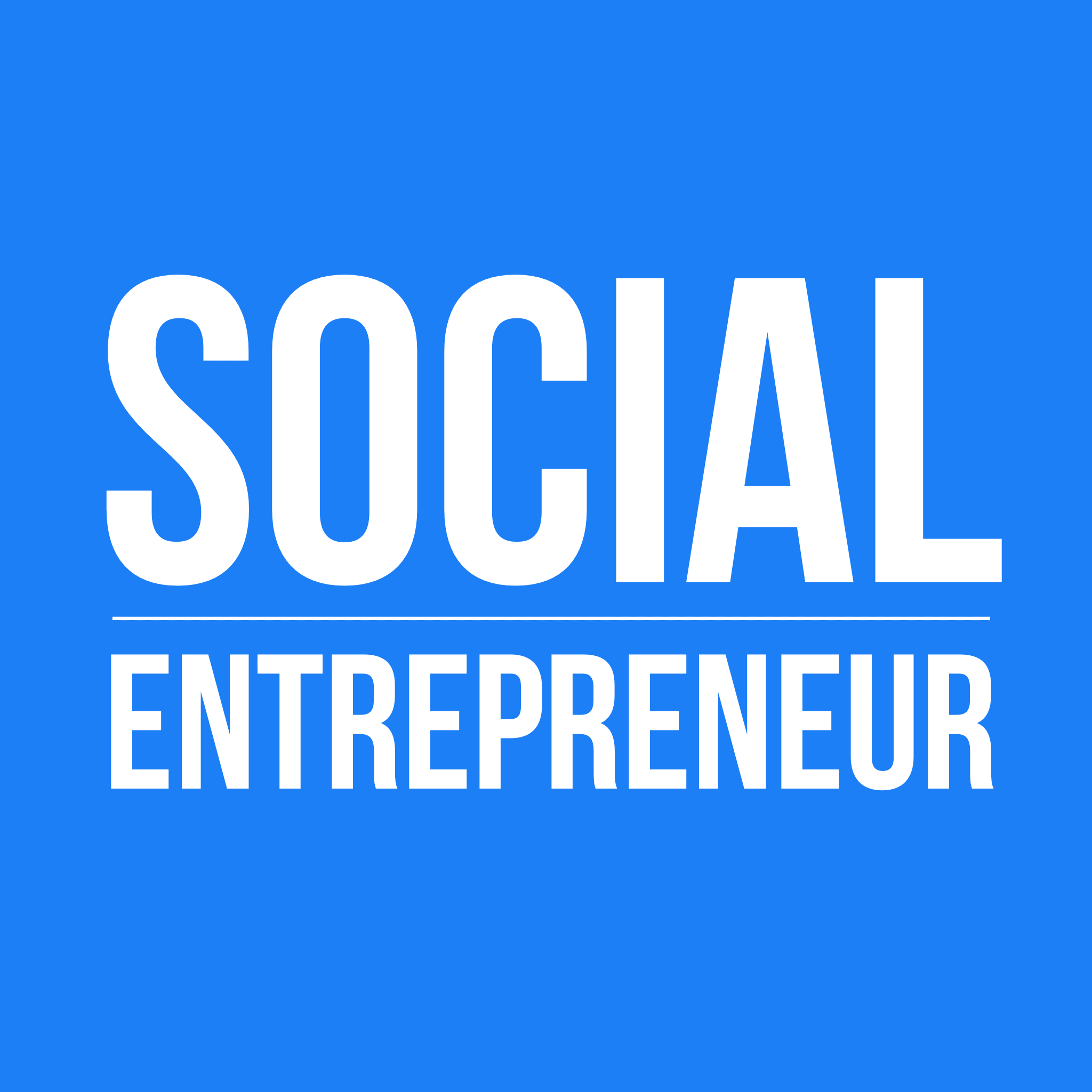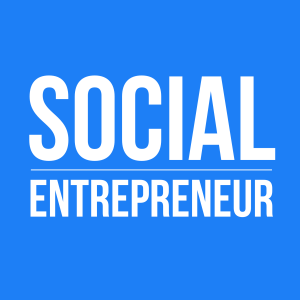
Science and Our Relationship with Nature, with Bonnie Keeler, The Natural Capital Project
 2018-03-19
2018-03-19
As Bonnie Keeler grew up in Eagan, MN, she loved to explore Minnesota’s natural wonders with her family. “My mom was a master at relationships,” Bonnie recalls. “One of the things she taught me was, how people are at the center of everything. Every problem is essentially a problem of relationships. Science can take us part of the way there, in terms of providing the appropriate knowledge base. But when it comes down to actually making change, that’s all about relationships.”
Today, Bonnie is a lead scientist with The Natural Capital Project. The Natural Capital Project is a partnership between the University of Minnesota, Stanford University, the Nature Conservancy, and World Wildlife Fund. They solve big problems related with how we value nature, and the relationship between people and the environment.
The Natural Capital Project works with a variety of organizations from local community groups who are advocating for a particular environmental future, to private sector companies who are trying to green their supply chain, to national-level governments who are considering the impact of infrastructure. They collaborate with decision-makers to identify questions and develop new science and tools to answer those questions. They test and publish results in peer-reviewed journals.
“If you’ve made a big international commitment to the environment, how do we make that practical, and think of the implementation of it?” Bonnie asks. “Where do you protect? What landscapes do you restore? How do you invest in new infrastructure, whether it’s hydropower, or a big agricultural incentive program? Or a payment program to farmers to adopt different conservation practices? Those are big environmental management decisions that have a set of consequences, not just for those ecosystems, but for the people who depend on them.”
Social Entrepreneurship Quotes from Bonnie Keeler“We’re so connected to the environment in so many ways.”
“The big problem is, those connections aren’t very visible.”
“We’re often not thinking of the full set of consequences.”
“There is a broad set of users and audiences that our projects serve.”
“We have partnerships around the world.”
“If you’ve made an international commitment to the environment, how do you make that practical?”
“We spent a lot of time car camping.”
“My mom was a master at relationships.”
“People are at the center of everything.”
“It’s the human dimensions that require careful thought.”
“I was searching for the connection between people and nature.”
“There was a way to be a scientist, but be engaged in those people-oriented, human dimension problems.”
“Partnerships are everything.”
“Are you reading the environmental page in your local newspaper?”
“Find someone who you have the opportunity to be inspired by.”
Social Entrepreneurship Resources: The Natural Capital Project: https://www.naturalcapitalproject.org The Natural Capital Project on Twitter:https://twitter.com/NatCapProject The Natural Capital Project on Facebook: https://www.facebook.com/NaturalCapitalProject Book: Crazy Good Advice: 10 Lessons Learned from 150 Leading Social Entrepreneurs: https://tonyloyd.com/bookMore Episodes
Create your
podcast in
minutes
- Full-featured podcast site
- Unlimited storage and bandwidth
- Comprehensive podcast stats
- Distribute to Apple Podcasts, Spotify, and more
- Make money with your podcast
It is Free
- Privacy Policy
- Cookie Policy
- Terms of Use
- Consent Preferences
- Copyright © 2015-2024 Podbean.com






